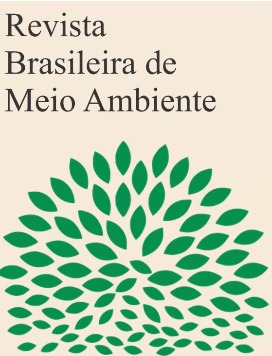July 19, 2023
Retractions and Errata
Retractions are formal statements issued by scientific or academic journals when a published article contains significant errors, false information, plagiarism, or other issues that compromise its credibility or scientific integrity.
Retractions are used to correct incorrect or questionable information and to inform the scientific community about the flaws found in the work. When a journal issues a retraction, it is usually published within the journal itself, accompanied by an explanation of the issues identified in the article.
Depending on the severity of the error, the retraction may vary in scope and impact. In more serious cases, the retraction may result in the complete removal of the article from publication.
Errata, on the other hand, are minor corrections or adjustments in scientific articles that do not significantly compromise their scientific validity but still need to be rectified to avoid confusion or misunderstandings. These errors may include typographical mistakes, inaccuracies in tables or graphs, incorrect citations, or minor inaccuracies.
Unlike retractions, which generally involve more serious issues, errata are used to correct relatively minor problems that do not drastically affect the results or conclusions of the work. Both retractions and errata are essential for maintaining the integrity of scientific literature and ensuring the accuracy of the information available to the academic community.
Journals take these corrections seriously to preserve the credibility of their publications and to ensure that science advances reliably and responsibly.
It is the editor's role to issue retractions and errata when necessary.
[Click here to return to the Ethical Guidelines of the Revista Brasileira de Meio Ambiente]
